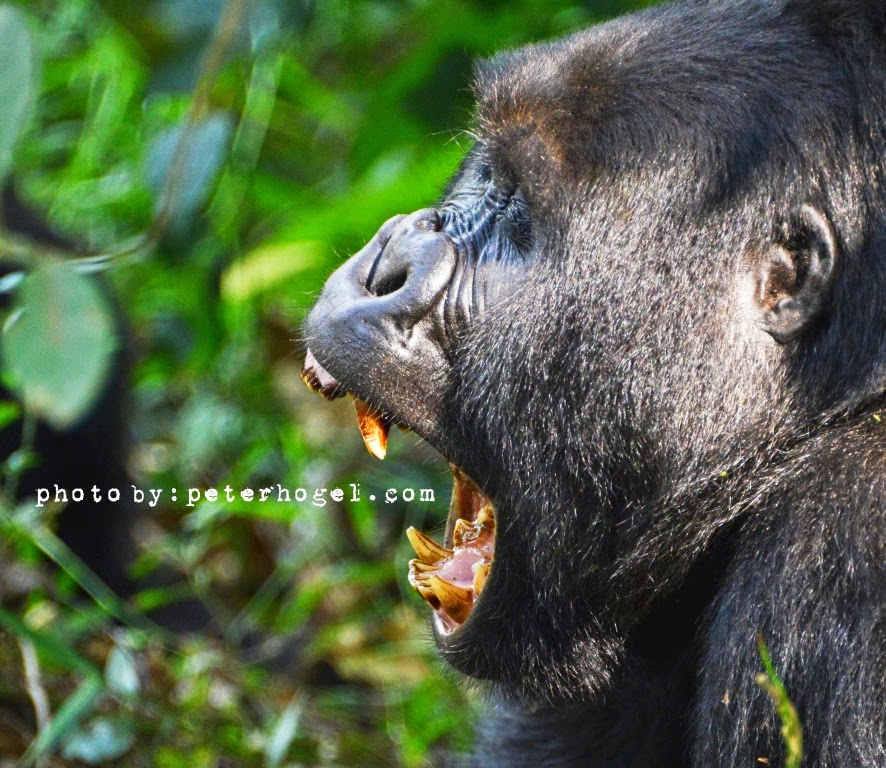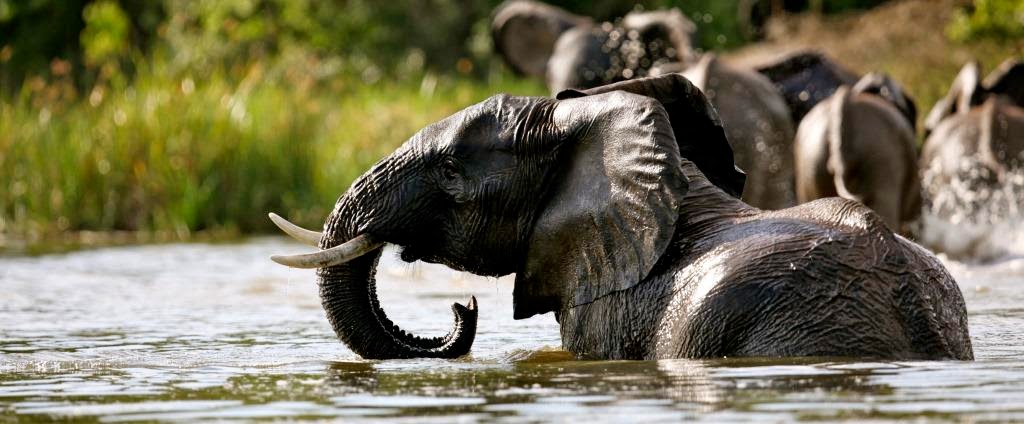How to host a killer pool party
 |
| Host a killer snack platter this summer |
With soaring temperatures in the Lowveld, it’s that time of year again. With winter at its tail end, Lowvelder’ s is starting to look at the previously unused pool with some longing, and starting to gather ideas for the ideal pool party.
While you have been making the rounds to get the best sparkling pool, we went looking for foodie ideas. And we think we have a great one. This year why not host an Aperitivi Party?
And I know what you are thinking: WTF is an aperitivi party? Well, it’s an Italian version of a cocktail party sure to leave your guests wanting more. We spoke to some friends, who we can safely refer to as experts in the field to help you get the best mix to secure success.
Think of the whole thing like you would a sandwich. No, seriously. It’s a sandwich. What do I mean by that? I mean you need to have a little bit of everything, all in balance. Airy bread, fatty meat, rich cheese, briny antipasto, something sweet, something crunchy, plenty of vinegar, oil and herbs…. I don’t know about you, but I’m suddenly really hungry. Let’s get started!
The liquid courage
As with any pool party the drinks make all the difference, we all know some people might never end up in the pool, and the aperitivi party is no different. Have some solid wines on hand, and make sure you have a good mix of reds and whites, and not just in numbers (If you want to stretch the budget, get friends to bring an Italian wine as entry)
You can’t just stop at wine, though. Having a couple cocktails will really help liven things up. And we borrowed some ideas from Dauntless Destinations sundowner list for this year to inspire you.
Our Top 3 summer sundowners
This one is can carry all your best intentions for 2016.
Ingredients
2 parts Aperol
3 parts KWV Brandy
Wedges of fresh orange
Sodawater
Orange juice
Instructions
Pour the Aperol and brandy in the bottom of the jug and top up with loads of ice and fresh oranges
Pour over the sodawater and top up with orange juice
White Sangria Cocktail
This one is for Ben Heyns who got everyone excited and possibly addicted to this wonderfully fresh flavour and effervescent colour.
Ingredients
1 bottle of KWV Brut sparkling wine
Half a bottle of KWV Classic Collection Sauvignon Blanc - and 8 shots of Melon Vodka
Lemonade
Handfuls of fresh mint
Sliced cucumber, White grapes, Fresh basil
Instructions
Combine all the ingredients in a jug and top up with loads of ice
This one is for Ben Heyns who got everyone excited and possibly addicted to this wonderfully fresh flavour and effervescent colour.
Ingredients
1 bottle of KWV Brut sparkling wine
Half a bottle of KWV Classic Collection Sauvignon Blanc - and 8 shots of Melon Vodka
Lemonade
Handfuls of fresh mint
Sliced cucumber, White grapes, Fresh basil
Instructions
Combine all the ingredients in a jug and top up with loads of ice
Pimm’s and Cruxland Gin Lemonade
We love this drink for its real old school colonial style.
Ingredients
1 part Gin
2 parts Pimm’s
Lemonade
Mint, cucumber and seasonal fruit
Instructions:
We love this drink for its real old school colonial style.
Ingredients
1 part Gin
2 parts Pimm’s
Lemonade
Mint, cucumber and seasonal fruit
Instructions:
Mix all together with loads of ice and serve immediately
The Salumi (Meats)
Arguably the most important non-liquid part of your party, your meat selection should have something expected and something unexpected. According to our experts, when they host an aperitivi party, the first thing everyone goes for is the prosciutto. And if you don’t have it, people will inevitably ask, “Where’s the prosciutto?” People love it, they want it, and you should give it to them.
Make sure to add some variety, and think of your plating when you plan.
The Cheese
Again, making sure you have some of the usual suspects available is gonna keep people really happy. Fresh mozzarella torn into pieces with a little bit of olive oil and salt on top looks beautiful and will also disappear quickly. Mozzarella is great because it’s more about the texture than an overwhelming flavour, so it takes on the flavours of the things around it to some degree. People also always love a little bit of Parmesan, the king of cheeses, and you know it’s going to go well with any Italian meats and antipasto you have. Finally, something like Fontina can be your unexpected but known and welcome player
The Antipasto
We’re going to just go ahead and lump together all the brined and marinated vegetables. This is where you can go a little bit wild on variety. Going back to the sandwich concept, here you want to have your own microcosm of salt, oil, vinegar, sweetness, and textures. Try not to get anything too big, as those will most likely be left behind. Olives, artichoke hearts, peppers, onions, tomatoes; all the bright little marinated non-meat, non-cheese things.
The Bread
A nice ciabatta or semolina baguette is a great pick. But once you have your standard, uncomplicated choice locked down, feel free to add something else a bit more out of the box. Rosemary-raisin focaccia, anyone?
The bits at the end to delight
The last thing to think about is adding a little bit of texture and sugar into the mix. Fresh fruit is a great addition: figs, grapes, strawberries, blackberries, etc. These help cut through all the salty, rich goodness that’s going on.
If you're looking for an adventure for a group, make sure to contact the guys from Tours & Tickets for some gread adventuarous ideas for an adventure before the celebration begins. They have 150 diffrent activities from more than 50 providers in the Lowveld to suit your needs.
Follow their updates with this link:
https://www.facebook.com/toursticketsSA/




























































